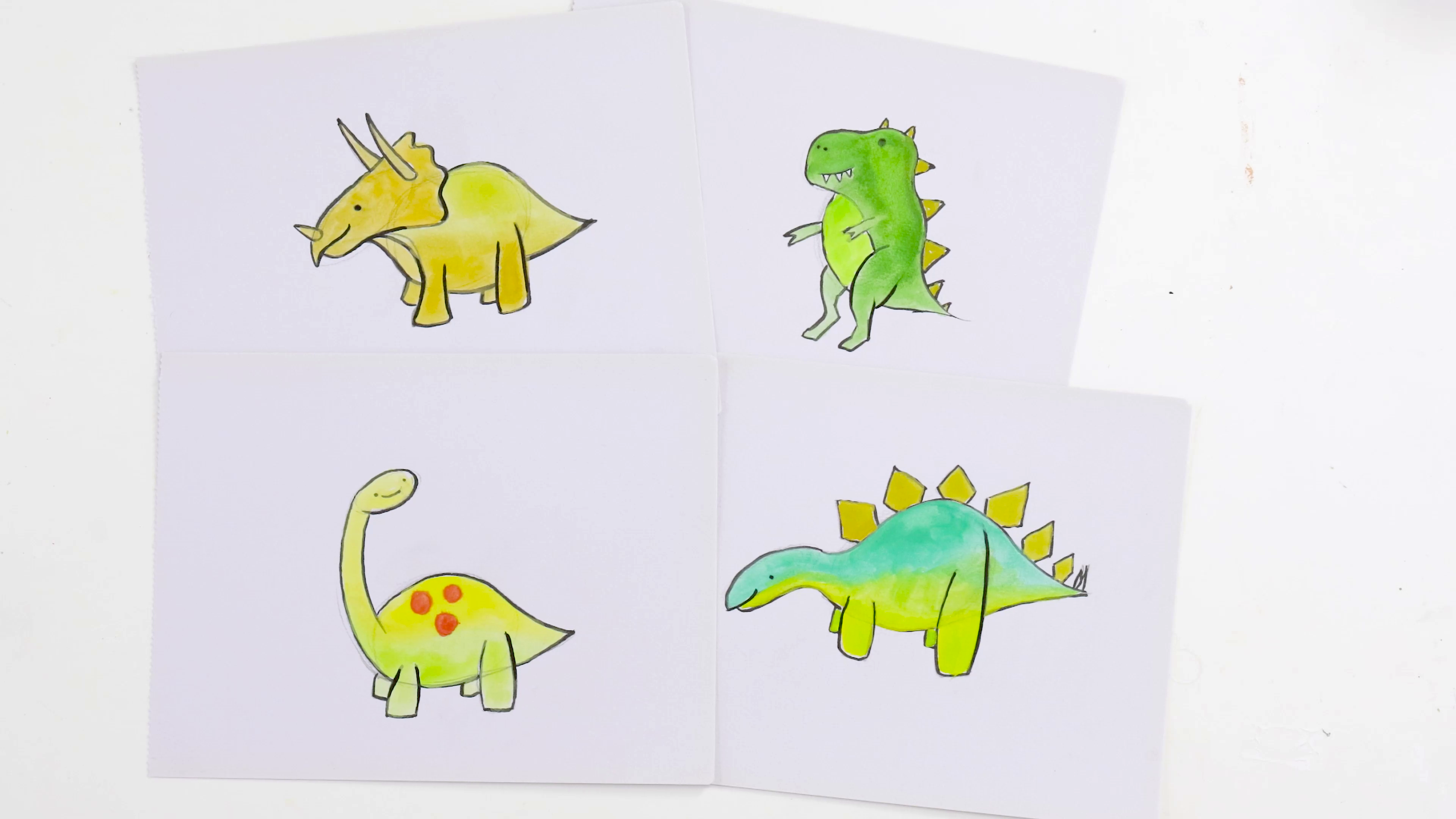How to draw hands
Ever wanted to learn how to draw hands? Take some creative time out, watch this video and create your own hand drawing using charcoals.
Hand on white paper
1. Drawing up the Hand
In this lesson we suggest that you draw your own hand from life. So place the hand comfortably on the table next to your drawing pad. It’s a good idea to set up a desk lamp above the hand so that the highlights and shadows are evident and easy to see. The drawing pad we are using for this first drawing has white paper in it. Make sure that you put your hand in a position that you can keep it still without any discomfort being felt.
Refer to the image on page 7 and draw up the hand with the suggested blocked in areas. This can be carried out in the suggested order of :
a) The palm shape.
b) The wrist and arm.
c) The thumb.
d) The 1st,3rd and 4th finger. The 3rd finger starts where the thumb crosses the palm and finishes in the middle of the palm from the bottom of the thumb to the bottom of the hand. The 4th finger is curled up and is half the length of the 3rd finger.
e) Draw in the second finger.
f) Draw in the muscle from the thumb to the palm.
g) Erase any construction lines.
h) Add details like the creases and the thumb nail.
Step 2. Creating the background
Next we need to take a stick of soft charcoal and scrape it with a knife over the hand outline to create powder. Use a tissue to disburse the charcoal over the paper and smooth it out so the coat is consistent. This fine layer will end up being the middle tone.
Step 3. Adding to highlights
It seems like a funny concept to think about using an eraser as a drawing tool but for removing tone to suggest highlights they are very effective. Refer to your hand or the supplied image on page 8 and remove the tone from the paper in the appropriate spots. The highlights will be stronger or in other words more white will be visible at the top area of the hand.
As tone is removed from the hand, you will find less will be removed as the shadow accent is reached. The shadow accent shows up between the highlight and the reflected light in the shadow. It’s a good idea to routinely clean the black from the eraser onto a cloth. This will stop any instances of black smudging over the paper. Use the corner of the eraser to get into any tight detail areas or to create sharp edge lines. The harder you press onto the surface of the charcoal the more tone is removed.
Take notice of any areas of reflected light in shadow areas. These can be simply removed by applying very light pressure. You will also find that when using an eraser in this way you will create lots of rubbings. I use a goat hair brush to remove these rubbings.
Step 4. Adding the shadow areas
The highlights have been created and now the darks can be laid in. Sharpen a soft charcoal pencil and lay in the shadow areas first. Soften the tone into the bottom area of hand so there are no hard edges. This will be the darkest area of tone. Now you can work back laying in any other dark areas of shadow on the under sides of the fingers and define any creases. Lay tone into the shadow accent and lay in any shadows that have been cast.
Hand on craft paper
Step 1. Drawing up the Hand
Place the hand comfortably on the table next to your drawing pad. It is a good idea to set up a desk lamp above the hand so that the highlights are evident and easy to see. The drawing pad we are using for this second drawing has dark craft paper in it. Make sure that you put your hand in a position that you can keep it still without any discomfort being felt.
Refer to the image on page 7 and draw up the hand with the suggested blocked in areas. This can be carried out in the suggested order:
a) The palm shape.
b) The wrist and arm.
c) The thumb.
d) The 1st,3rd and 4th finger. The 3rd finger starts where the thumb crosses the palm and finishes in the middle of the palm from the bottom of the thumb to the bottom of the hand. The 4th finger is curled up and is half the length of the 3rd finger.
e) Draw in the second finger.
f) Draw in the muscle from the thumb to the palm.
g) Erase any construction lines.
h) Add details like the creases and the thumb nail.
Step 2 Adding the Darks
Unlike the previous hand the first stage is laying in the dark shadow areas.
Start with the shadow under the hand. Soften the tone into the bottom area of hand so there are no hard edges. This will be the darkest area of tone. Now you can work back laying in any other dark areas of shadow on the under sides of the fingers and define any creases. Lay tone into the shadow accent and lay in any shadows that have been cast.
Step 3. Adding the highlights
Because craft paper has a dark tone to it any highlights need to be added with lighter pigment than the paper. I am using a white charcoal pencil. Refer to your hand or the image on page 8 and look at where the white lies on the hand. Concentrate the pigment onto the top side of the hand. Add more pigment onto the topside of the fingers and lightly apply it into any areas of reflected light in the shadow.
Material List
- White Charcoal Pencils Signature 3pc
- Kraft Paper Pad Signature A3 50 Sheets
- Sketch & Draw Signature Set 18pc
- Sketch Pad Signature 150gsm 25 Sheet A3 297 x 420mm (11.7 x 15.5in)


































